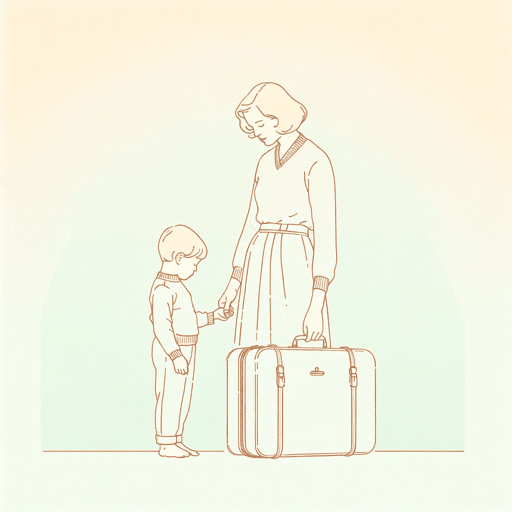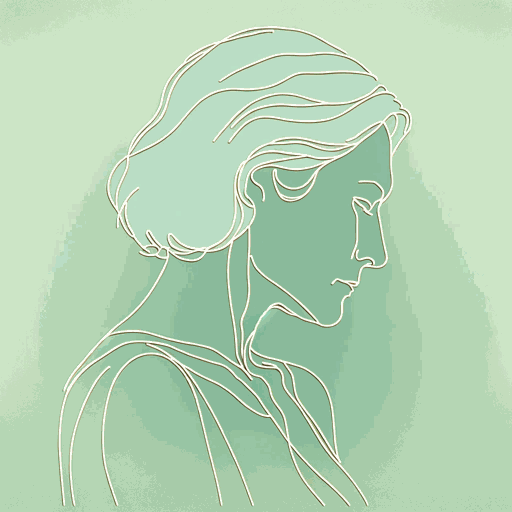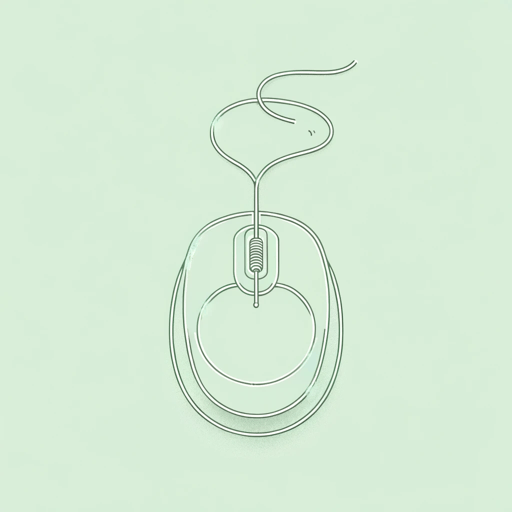25 pages • 50 minutes read
Anne TylerTeenage Wasteland
Fiction | Short Story | Adult | Published in 1983A modern alternative to SparkNotes and CliffsNotes, SuperSummary offers high-quality Study Guides with detailed chapter summaries and analysis of major themes, characters, and more.
Story Analysis
Analysis: “Teenage Wasteland”
“Teenage Wasteland” captures the sense of unease of white, middle-class parents in the aftermath of the social and political upheavals of the 1960s. As parents, the Cobles follow a traditional model in which the father only shows up to parent in extreme situations and in which the mother is responsible for childrearing. The form of childrearing Daisy engages in is intensive—she cooks the family meals, oversees Donny’s homework once he begins to struggle, and assumes that her children are in large part the making or breaking of her as a woman. The Cobles have all the pieces of a picture-perfect family life before the advent of feminism—two kids—a boy and a girl—an attentive mother who caters to her family, a husband who is the sole breadwinner, and the money to pay for private-school tuition.
The lives of the Cobles are nevertheless precarious. When the school principal calls the Cobles in to talk about Donny’s struggles, Daisy imagines that the principal sees the Cobles as “[f]ailures—both of them—the kind of people who are always hurrying to catch up, missing the point of things that everyone else grasps at once” (Paragraph 8). Daisy is overweight, wears “knee socks” (Paragraph 8) instead of the requisite pantyhose, and her husband’s suit is threadbare.
Related Titles
By Anne Tyler

A Patchwork Planet
Anne Tyler

A Spool of Blue Thread
Anne Tyler

Average Waves in Unprotected Waters
Anne Tyler

Breathing Lessons
Anne Tyler

Clock Dance
Anne Tyler

Digging to America
Anne Tyler

Dinner At The Homesick Restaurant
Anne Tyler

French Braid
Anne Tyler

Redhead by the Side of the Road
Anne Tyler

Saint Maybe
Anne Tyler

The Accidental Tourist
Anne Tyler

Vinegar Girl
Anne Tyler

